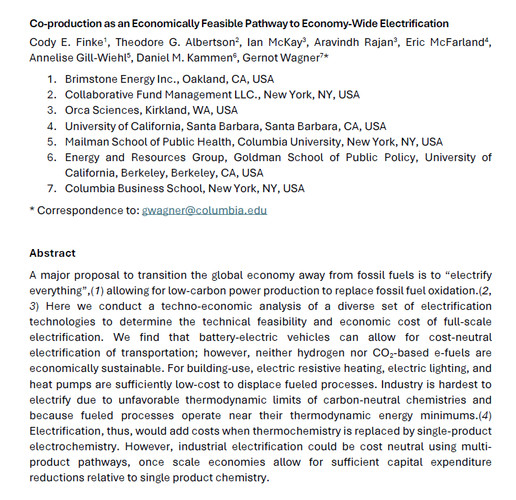Green Moral Hazards
by Gernot Wagner and Daniel Zizzamia
Abstract:
Moral hazards are ubiquitous. Green ones typically involve technological fixes: Environmentalists often see ‘technofixes’ as morally fraught because they absolve actors from taking more difficult steps toward systemic solutions. Carbon removal and especially solar geoengineering are only the latest example of such technologies. We here explore green moral hazards throughout American history. We argue that dismissing (solar) geoengineering on moral hazard grounds is often unproductive. Instead, especially those vehemently opposed to the technology should use it as an opportunity to expand the attention paid to the underlying environmental problem in the first place, actively invoking its opposite: ‘inverse moral hazards’.
Keywords: risk compensation; environmentalism; climate; carbon removal; geoengineering
Full text: “Green Moral Hazards” (PDF).
Related: Geoengineering: the Gamble (Polity, 2021); “Fear of Geoengineering Is Really Anxiety About Cutting Carbon,” Bloomberg Green Risky Climate column (25 June 2021); “Green Moral Hazards,” C2G blog (9 January 2020, with Daniel Zizzamia); “The Hazard of Environmental Morality,” Foreign Policy (24 December 2018, with Christine Merk).


